Table of Contents (click to expand)
Ooey, gooey and cheesy! Nothing warms the soul like a bowl of mac ‘n’ cheese. The store-bought version is alright, but nothing compares to this dish when it’s made from scratch.

I know what you’re thinking… why not just get one delivered to your doorstep? Well, if soggy pasta and curdled sauce are your idea of a good meal, then pick up the phone! Personally, I would rather make it at home and use a little bit of help from some science nerds to create mac ‘n’ cheese magic.
Here’s how you can make the perfect bowl…
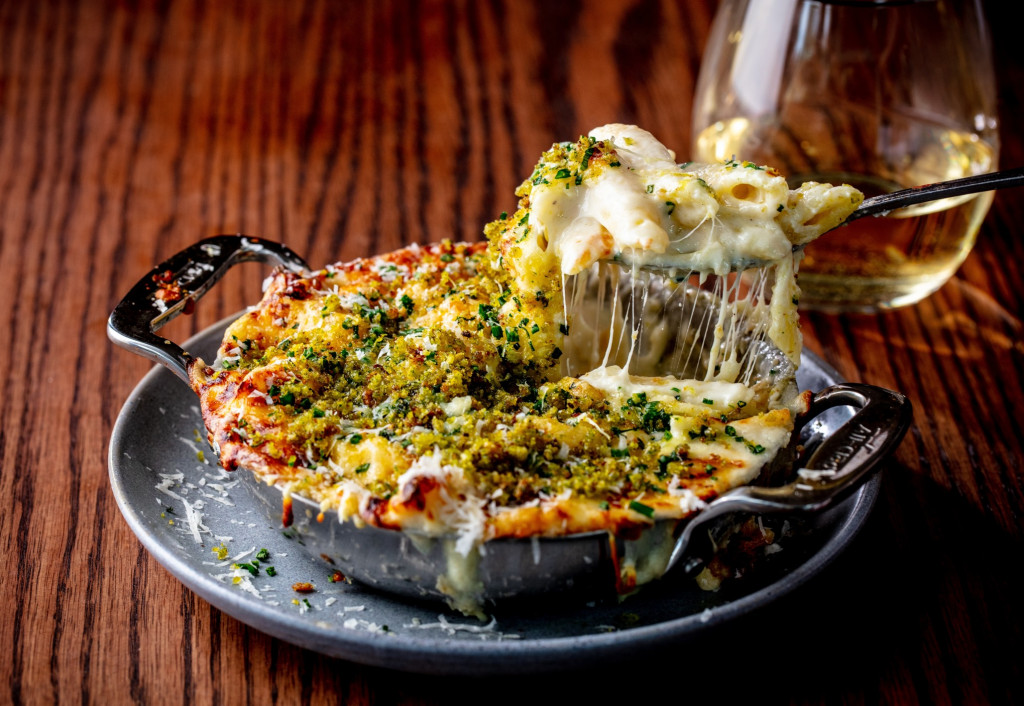
What Goes In
We don’t need truffle oil or Himalayan pink salt to make this dish one that will leave you wanting more. All you need is pasta, pasta water, flour, cheese, milk/cream, and the seasoning of your choice.
Also Read: How Does Milk Turn Into Buttermilk?
Sauce It Up
Let’s assume that you have ventured into a kitchen before and are vaguely aware of how to make macaroni and cheese (or perhaps you’ve seen it made on a cooking show). The first step begins with simultaneously boiling the pasta in water and preparing the sauce. It is the sauce that has the power to make or break this dish.
Thick Tricks – Viscosity And The Sauce
You want to make a sauce that is thick, not runny, smooth, not clumpy, and most importantly, able to coat your pasta and not slip off. Imagine putting in all this effort, only to end up eating a bowl of cheesy milk with macaroni floating in it. To avoid such a dilemma, it’s best to add a thickener. In this case, the choice is usually flour.
Thickening works on the principle of viscosity. All liquids have the property of viscosity, which means there is resistance to flow freely. Water, for example, has low viscosity, as it flows freely and is therefore considered ‘thin’. Glue, on the other hand, has high viscosity and flows with a lot of resistance, and is therefore considered ‘thick’.
So what makes a liquid viscous? Well, the stronger the bonds between molecules within the liquid, the more viscous it is, and vice versa. These strong bonds obstruct the flow of the liquid. In fact, the larger the molecules, the more they will aid in viscosity. Chefs often use starches like flour as thickeners, as they absorb the surrounding water present in the milk and swell up, forming bigger particles. Due to this, even the addition of a small amount of starch can increase the viscosity of a sauce, thereby thickening it.
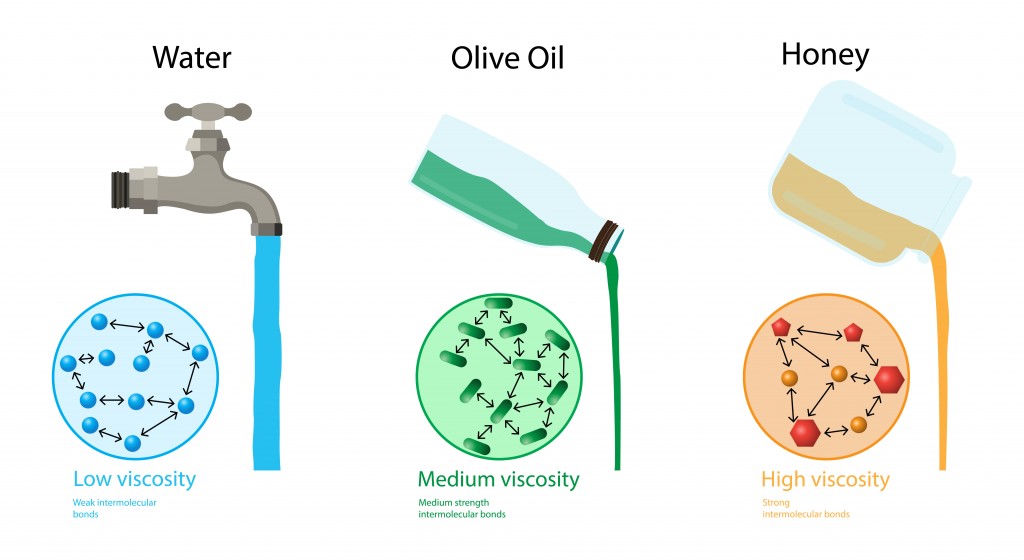
Smooth As Butter
Traditionally, the preparation of mac ‘n’ cheese sauce is done by preparing a roux. This fancy French word literally translates to thickening agent. It is prepared by sauteeing flour in butter (or any other fat) until it forms a smooth paste. The milk is then added to this mixture and made homogeneous with constant stirring.
The reason one prepares a roux and does not directly mix the flour into milk is that the starch molecules swell up in the presence of water within the milk. At that point, they tend to attract each other, forming clumps of dough.
When the flour is coated with a layer of butter, a.k.a fat, the particles swell up but remain separate. This is how a smooth sauce is achieved!
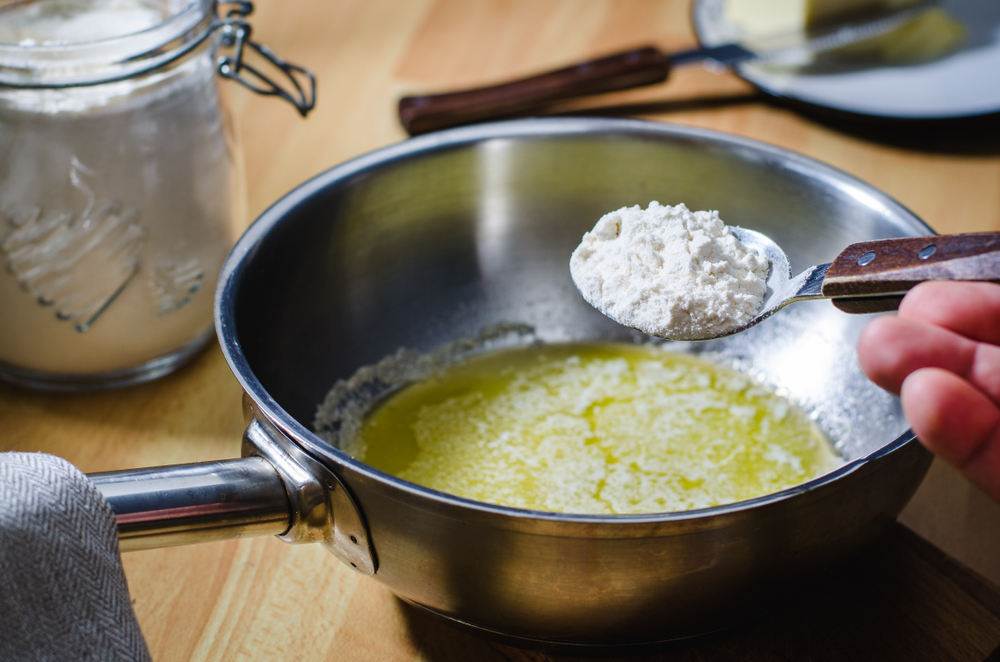
The Cheese
Temperature Check
One of the most common issues faced by people making mac ‘n’ cheese from scratch is the curdling of the sauce upon adding the cheese.
Cheese is an emulsion of protein, fats, and water. When melted, the protein should be evenly dispersed in the fat and water. If the cheese is melted at very high temperatures, the protein begins to harden, releasing all the moisture and forming clumps of protein amidst a pool of fat and moisture. Applying low to medium heat prevents this from occurring.
Grate Or Be Late
It’s much easier to melt cheese when it is grated. Grating results in cheese particles that are smaller in size and surface area. This allows an even distribution of heat, thereby preventing the overexposure of one section of cheese to heat. It also melts the cheese at a much quicker rate.
Also Read: What Happens When An Egg Is Boiled?
The Pasta
Keep It Rolling
It is advised to add macaroni to boiling water, but not at any lower temperature. The water should continue to boil, forming bubbles in the water. This is because, as the starches in the pasta begin to cook, they swell to form a gel-like layer. This layer is sticky and causes the pieces of pasta to stick together. Rolling bubbles prevents this sticky situation.
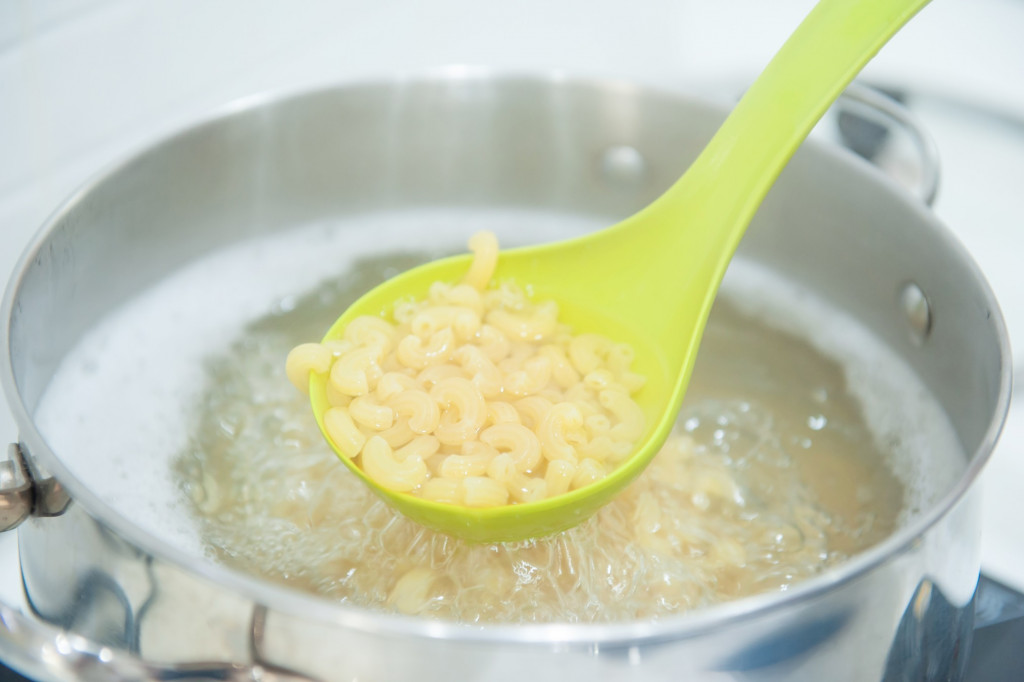
Conclusion
You can season this delectable dish as per your choice, bake it, or serve it with your favorite condiments. Just keep the basic principles shared above in mind and rest assured that you will create a restaurant-level dish from your own kitchen. If anything, this should show you that making Mac ‘n’ cheese isn’t rocket science, but it is definitely scientific!
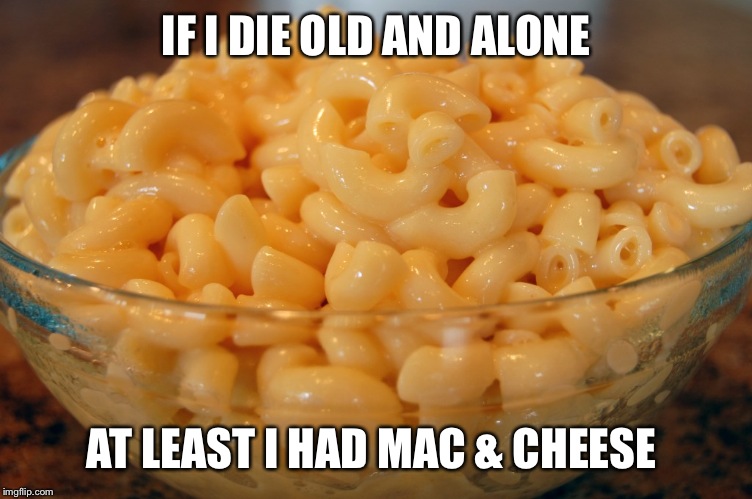
How well do you understand the article above!

References (click to expand)
- Mac and Cheese Science: What Makes a Thick Sauce?. Scientific American
- Tharanathan, R. N. (2005, July). Starch — Value Addition by Modification. Critical Reviews in Food Science and Nutrition. Informa UK Limited.
- Guinee, T. P. (2003). Role of Protein in Cheese and Cheese Products. Advanced Dairy Chemistry—1 Proteins. Springer US.
- . (1984). Starch: Chemistry and Technology. []. Elsevier.
